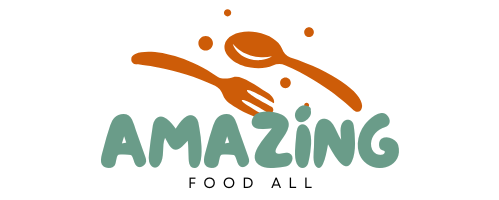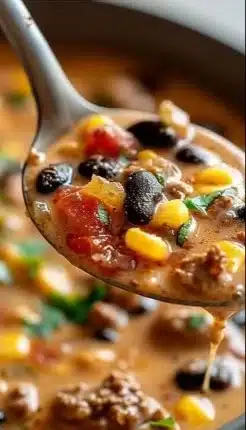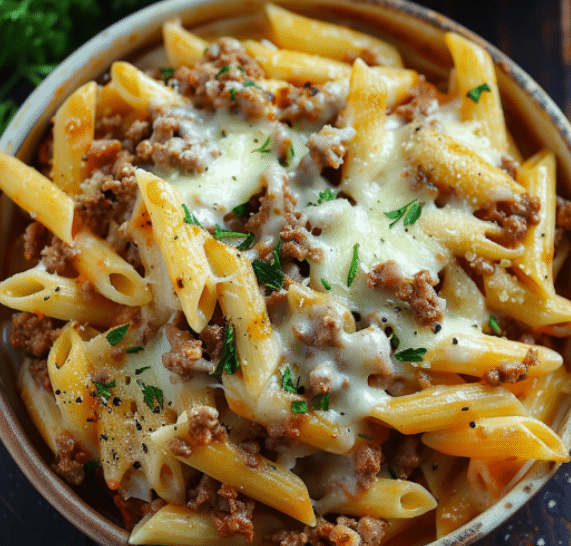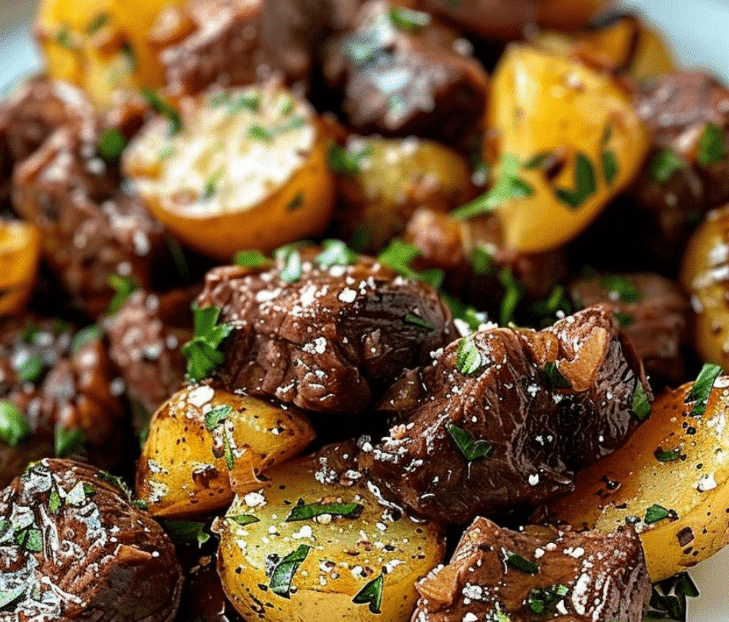How to Freeze Corn on the Cob (Kernels or Ears)
corn on the cob : freezing fresh corn at the peak of summer is one of the best ways to lock in its naturally sweet flavor and crisp texture. Whether you prefer it in full ears or stripped down to golden kernels, learning how to freeze corn on the cob is a must-have kitchen skill for any home cook or gardener.
Table of Contents
In this guide, you’ll learn the best ways to freeze corn—with or without the cob—so you can enjoy that garden-fresh flavor all year long. Not only does freezing corn save money, but it also preserves more nutrients than many other methods like canning or drying.
If you’re new to home food preservation, it’s essential to learn the basics of how to safely freeze vegetables, including blanching, from trusted sources like The National Center for Home Food Preservation. This ensures your corn retains its color, taste, and texture in the freezer.
Before diving into methods, it helps to understand how long to blanch corn and why this step is vital. The University of Minnesota Extension offers a thorough guide on blanching times, helping you avoid freezer burn and mushy kernels.
Why Freeze Corn?
Freezing corn offers a number of benefits:
- Preserves the natural sweetness of summer corn
- Offers better texture than canned varieties
- Lets you buy in bulk during peak season and save
- Easy to use in dozens of recipes throughout the year
- Avoids additives and preservatives found in store-bought frozen corn
Compared to other preservation methods, freezing is relatively quick and retains more of the corn’s original flavor and nutritional value.
What You’ll Need
Before you get started, gather the following:
- Large pot for blanching
- Tongs or slotted spoon
- Large bowl or clean sink filled with ice water
- Sharp knife or corn stripper
- Cutting board
- Freezer-safe storage: zip-top freezer bags, vacuum seal bags, or glass containers
- Marker or label for dating
These tools will make the process smoother and help you safely store frozen corn for long periods.
Choosing and Preparing corn on the cob
Start with fresh, sweet corn—preferably picked the same day or within 24 hours. Look for:
- Bright green husks
- Plump kernels that fill out the rows
- Slight stickiness at the tip (a sign of freshness)
To prep:
- Shuck the corn completely
- Remove as much silk as possible
- Snap off any damaged ends or brown spots
Doing this on a porch or backyard with a cold drink in hand adds to the summer experience!
How to Blanch Corn for Freezing
Blanching is a quick-boil process that halts enzyme activity, preventing spoilage and locking in color and texture.
To blanch corn:
- Bring a large pot of water to a boil
- Drop in 5–10 ears at a time
- Boil for 2–3 minutes
- Immediately transfer corn to a bowl of ice water to stop cooking
- Let cool for 5–7 minutes
Why blanch?
- Easier to remove kernels
- Retains vibrant color
- Improves texture
- Minimizes starchiness, especially in older ears
- Preserves flavor for longer freezer life

Method 1: Freezing Corn on the Cob
If you love corn on the cob, this method is for you.
To freeze full ears:
- Follow the blanching process
- Once cooled, dry the ears thoroughly
- Place in labeled freezer bags or vacuum seal bags
- Freeze flat for easier stacking
Tips:
- Freeze in serving sizes (2–4 ears per bag)
- For best results, eat within 12 months
Vacuum sealing improves longevity and reduces freezer burn. To vacuum seal corn, it’s best to flash freeze it first.
Method 2: Freezing Corn Kernels
Prefer convenience? Freezing kernels is efficient and versatile.
To remove kernels:
- Stand ear upright in a bundt pan or over a small inverted bowl
- Use a sharp knife to slice downward, cutting close to the cob
- Rotate the ear and repeat
To freeze kernels:
- Spread on a baking sheet and flash freeze for 1–2 hours
- Transfer to labeled bags in 1–3 cup portions
- Remove excess air and seal
Freezing kernels gives you the flexibility to add corn to stews, salads, and more without defrosting a whole cob.
Storage Tips and Methods
Proper storage is essential for preserving freshness.
Your options:
- Zip-top freezer bags: budget-friendly, space-saving
- Glass containers: eco-friendly, great for visual inventory
- Vacuum seal bags: longest shelf life and best protection
Label each container with:
- Type (kernels or cob)
- Quantity
- Date frozen
Storage tips:
- Freeze bags flat first, then stack vertically
- Use within 12 months for optimal taste
- Vacuum-sealed corn can last 2–3 years
How Long Does Frozen Corn Last?
- In standard freezer bags: up to 12 months
- In vacuum seal bags: up to 36 months
- Signs of poor quality: freezer burn, mushy texture, dull color
Use the oldest bags first and rotate your stock to reduce waste.
How to Use Frozen corn on the cob
Frozen corn is incredibly versatile and can be used without defrosting in most recipes.
Try it in:
- Soups and stews
- Pasta salads and grain bowls
- Cornbread and muffins
- Tacos, chili, and enchiladas
- Stir-fries and fried rice
For a simple side, steam or microwave kernels with a bit of butter and salt. You’ll hardly notice it came from the freezer!
Mistakes to Avoid
Avoid these common missteps:
- Skipping blanching: leads to mushy, chalky kernels
- Freezing in the husk: difficult to remove later, may trap pests
- Not removing enough air from bags
- Freezing large amounts in one bag without portioning
Being mindful of these errors can significantly improve the final result.
Frequently Asked Questions
Can you freeze corn without cooking it first?
Technically yes, but it won’t retain the same flavor or texture. Blanching is highly recommended.
Is it better to freeze corn on the cob or off?
For convenience and space-saving, freezing kernels is best. For nostalgia and presentation, full ears work too.
Can you freeze corn with the husk on?
Not advised. It traps moisture and pests, and makes shucking harder later.
Do I need to blanch corn before freezing?
Yes, it preserves color, taste, and texture. Always blanch unless you plan to use the corn within a month or two.
What’s the best way to remove corn from the cob?
Using a sharp knife over a bundt pan or bowl works well. Corn strippers are optional but not essential.
Can you vacuum seal corn on the cob?
Yes, but flash freeze first to prevent liquid from interfering with the seal.
What does blanching do to corn?
Blanching halts enzyme activity, reduces starchiness, and improves storage life and texture.
Can you freeze grilled or cooked corn?
Absolutely! Let it cool, strip the kernels, and freeze like usual.
Bonus Tips and Tricks
- Don’t toss the cobs—use them to make corn cob jelly or broth
- Add frozen corn to batter for extra texture in cornbread
- Freeze with a small pat of butter for ready-to-steam portions
- Store in three-cup portions—perfect for most recipes
- Keep a freezer inventory list so nothing gets forgotten
Conclusion
Freezing corn is an easy, satisfying way to stretch the joy of summer into the coldest months. Whether you choose to store it on the cob or off, the key is freshness, blanching, and proper packaging. Use these techniques and tips to stock your freezer with sweet, vibrant corn that tastes just as good as the day it was picked.
Let your freezer do the work, and enjoy your favorite corn dishes all year long!
PrintHow to Freeze Corn on the Cob (Kernels or Ears)
- Total Time: 30 min (including cooling and flash freezing)
- Yield: 12 ears of corn or approx. 8–10 cups kernels 1x
Description
Learn how to freeze fresh corn on the cob or as kernels using the blanch-and-freeze method. This simple process locks in flavor, preserves texture, and extends the shelf life of summer’s best produce.
Ingredients
- 12 ears of fresh corn, husks and silks removed
Instructions
- Bring a large pot of water to a boil. Meanwhile, prepare an ice water bath in a large bowl or clean sink.
- Blanch the corn: Carefully place the ears of corn into the boiling water and blanch for 2–3 minutes.
- Immediately transfer the blanched corn into the ice water bath to stop the cooking process. Let it cool for about 5–7 minutes.
- To freeze full ears: Dry each ear thoroughly. Place them into labeled freezer-safe or vacuum-seal bags. Freeze flat for easier storage.
- To freeze kernels: Cut the kernels off the cob using a sharp knife or corn stripper. Spread them on a baking sheet in a single layer and flash freeze for 1–2 hours.
- Once frozen, transfer the kernels to freezer bags or containers in 1–3 cup portions. Label, seal, and store flat in the freezer.
Notes
Frozen corn keeps well for up to 8–12 months. Blanching is essential for preserving flavor and texture. Avoid salting before freezing, as it can toughen the kernels.
- Prep Time: 15 min
- Cook Time: 3 min
- Category: Preservation
- Method: Blanch & Freeze
- Cuisine: American
Nutrition
- Serving Size: 1 ear or ~1 cup kernels
- Calories: 90
- Sugar: 6g
- Sodium: 0mg
- Fat: 1g
- Saturated Fat: 0g
- Unsaturated Fat: 1g
- Trans Fat: 0g
- Carbohydrates: 19g
- Fiber: 2g
- Protein: 3g
- Cholesterol: 0mg
Keywords: freezing corn, blanching corn, frozen vegetables, preserve summer produce, whole corn, corn kernels






